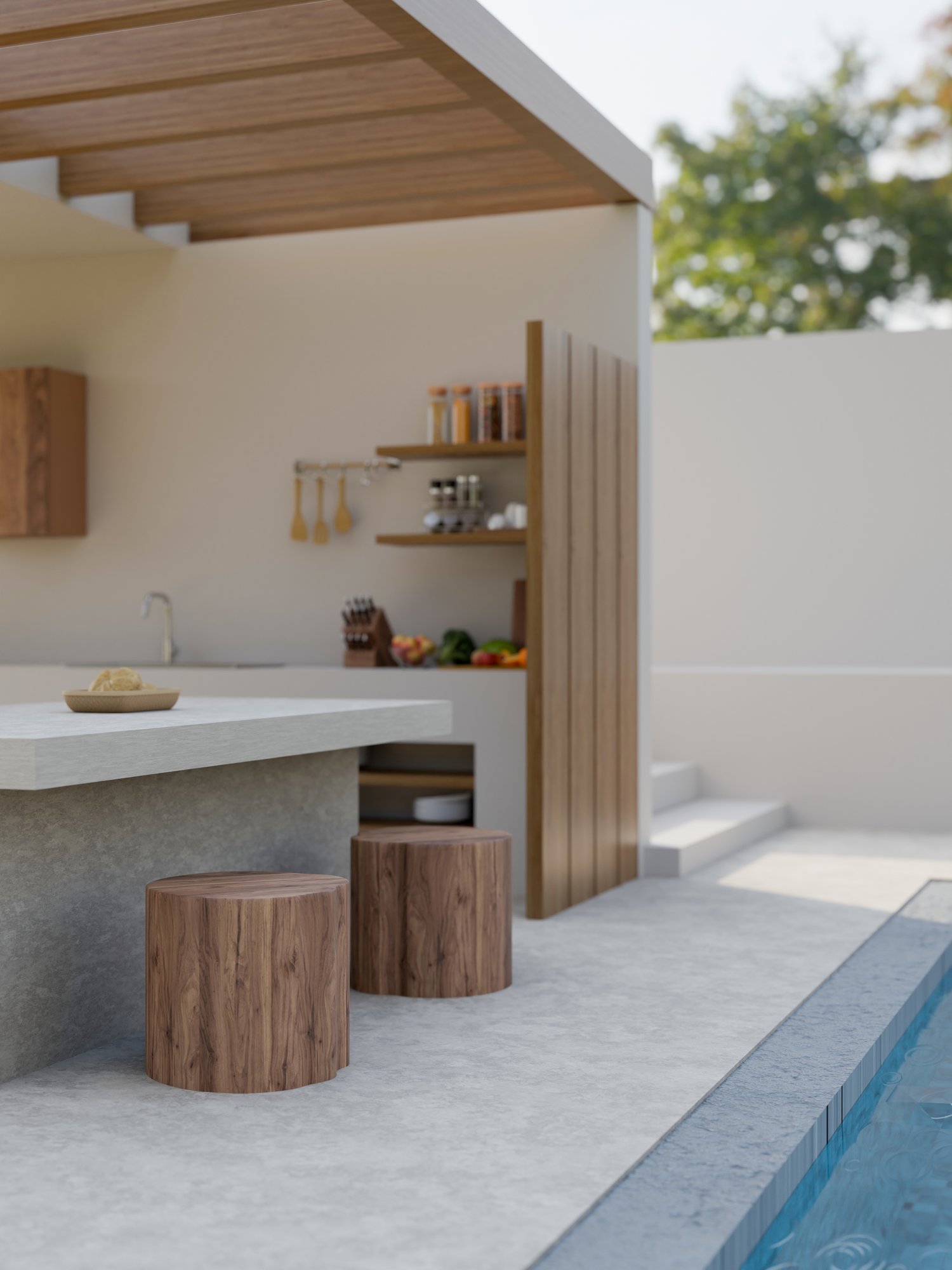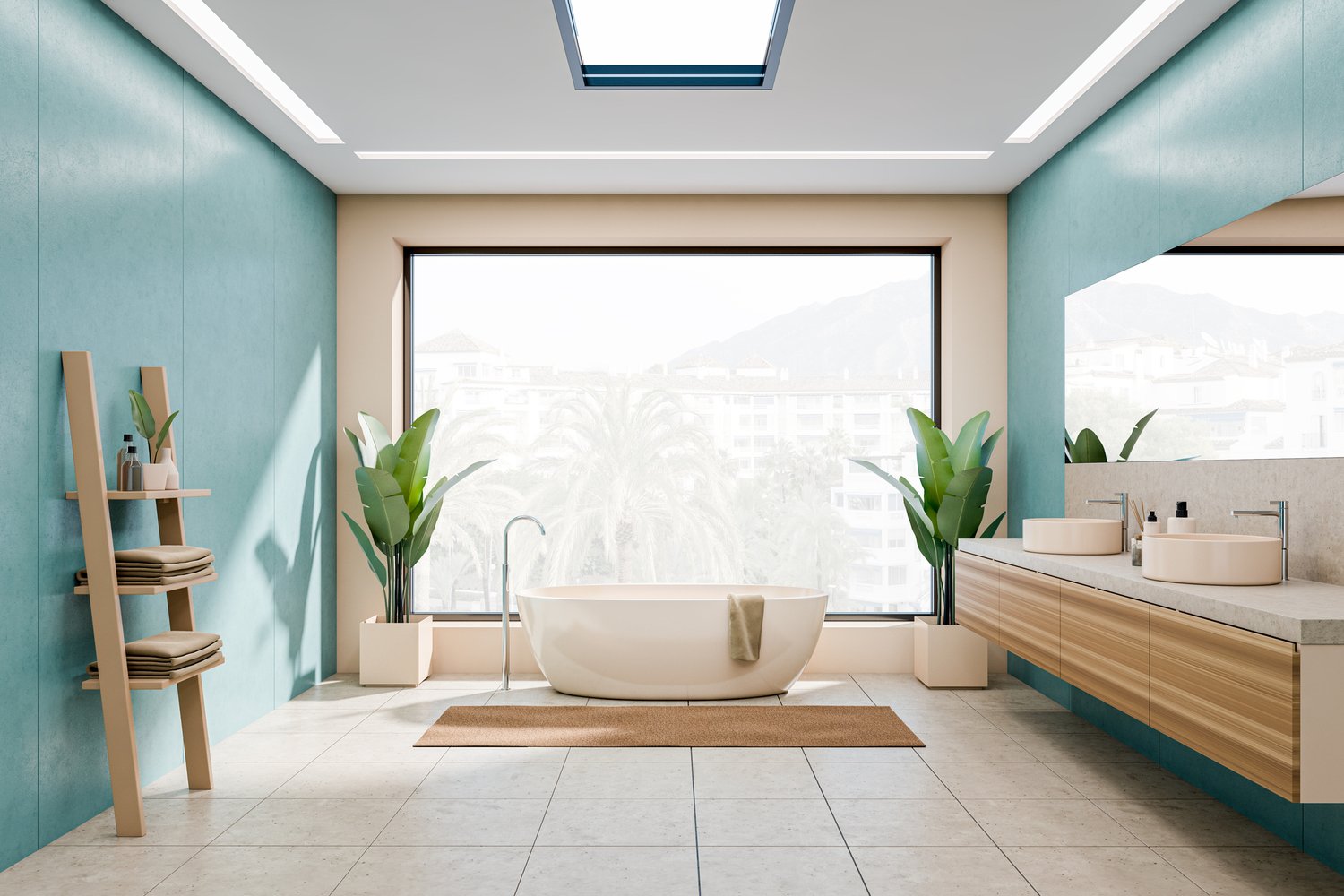A well-designed pool deck transforms your swimming pool from a mere water feature into the centerpiece of your outdoor living space. The perfect pool surround seamlessly blends safety considerations with comfort features and aesthetic appeal. In this article, we’ll explore the essential elements of creating a functional and attractive pool deck, from selecting the right materials to planning the optimal layout for your needs. Whether you’re building a new pool or renovating an existing space, these guidelines will help you create an inviting poolside retreat.
Understanding Pool Deck Fundamentals
The pool deck serves multiple crucial functions beyond simply framing your pool. It provides a safe walking surface, creates space for lounging and entertaining, and contributes significantly to your backyard’s overall appearance. A thoughtful pool deck design begins with understanding your specific needs and usage patterns. Consider how many people typically use your pool, whether you entertain frequently, and what activities you enjoy around the pool area. Families with young children may prioritize safety features and non-slip surfaces, while those who frequently host gatherings might focus on creating ample seating and dining areas. Climate considerations also matter—in hot regions, you’ll want materials that remain cool underfoot and perhaps incorporate shade structures as part of your comfortable pool patio design. Taking time to assess these fundamental requirements will guide all subsequent decisions.
Selecting the Right Materials
Material selection forms the foundation of any successful pool deck design. The ideal material should be slip-resistant when wet, durable against pool chemicals and weather exposure, comfortable for bare feet, and visually appealing. Concrete remains one of the most popular options due to its versatility—it can be stamped, stained, or textured to achieve various looks while maintaining functionality. Pavers offer excellent drainage and can be easily replaced if damaged, making them another practical choice. Natural stone provides unmatched beauty but requires more maintenance and tends to be more expensive. Composite decking has gained popularity for its splinter-free surface and minimal maintenance requirements, though it can become hot in direct sunlight. Wood decking creates a warm, classic look but demands regular sealing and maintenance to withstand pool moisture. When evaluating stylish pool deck ideas, remember that the material you choose will significantly impact both the appearance and long-term performance of your pool surround.
Safety-First Design Principles
Creating a safe pool surround should be your highest priority when designing your pool deck. Slip-resistant surfaces are essential—look for materials with texture or special coatings designed to provide traction when wet. Consider incorporating a slight slope (about a quarter-inch per foot) away from the pool to ensure proper drainage and prevent puddles that could create slipping hazards. Deck edging deserves special attention; rounded edges rather than sharp corners reduce injury risk if someone falls. For families with children or elderly users, adding handrails at steps and entry points provides additional security. Adequate lighting is another critical safety feature often overlooked in pool deck design; pathway lights, underwater pool lights, and ambient lighting not only enhance the atmosphere but also prevent accidents after dark. As experts at AskHomey often recommend, investing in safety features during the initial design phase is far more cost-effective than adding them later.
Creating Comfort Zones
A truly successful pool deck transforms into an outdoor living space where people want to spend time, whether swimming or not. Creating distinct comfort zones enhances functionality and enjoyment. Consider designating areas for dining, sunbathing, and conversation. Shade structures such as pergolas, umbrellas, or sail shades are essential elements of a comfortable pool patio, providing relief from intense sun and extending usable hours. Think about incorporating built-in seating or leaving appropriate space for lounge chairs and tables. The placement of these elements should consider sun patterns throughout the day—morning sun worshippers and afternoon shade-seekers may want different areas. Don’t forget practical amenities like outdoor showers, towel storage, and convenient access to changing areas. Thoughtful placement of potted plants or built-in planters can provide privacy, shade, and visual interest while softening the hardscape elements of your pool deck.
Incorporating Style and Personality
While safety and comfort form the foundation of good pool deck design, style is what makes your space distinctive and personally satisfying. Current stylish pool deck ideas often blend indoor and outdoor aesthetics, treating the pool area as an extension of your home’s design language. Consider how color choices can affect both appearance and functionality—lighter colors reflect heat but show dirt more readily, while darker tones absorb heat but create a more dramatic look. Mixing materials can add visual interest and define different zones; perhaps stone coping around the pool edge transitions to concrete pavers in the lounging area. Water features like fountains or waterfalls add sensory appeal with their soothing sounds and visual movement. Thoughtfully selected outdoor furniture, cushions, and accessories should complement your overall design while providing comfort and functionality. Remember that lighting plays a dual role in pool deck design—ensuring safety while also creating ambiance as daylight fades.
Maintenance Considerations
Even the most beautiful pool deck design will disappoint if it becomes difficult to maintain over time. When selecting materials and features, consider the ongoing care requirements and whether they align with your lifestyle and maintenance preferences. Some natural stones require regular sealing, while composite materials may need periodic cleaning to prevent mold in humid environments. Designing with maintenance in mind might mean including convenient storage for pool equipment, incorporating easy-to-clean surfaces, or selecting plants that won’t shed excessively into the pool. Proper drainage design prevents water accumulation that can damage materials and create safety hazards. Understanding the maintenance implications of your design choices ensures your pool surround remains beautiful and functional for years to come.
For more tips and to connect with reliable home service professionals, follow AskHomey on Facebook and Instagram.



